Report on WISP course on Wheat Genetics
John Innes Centre, Norwich, UK
18-21 November 2013
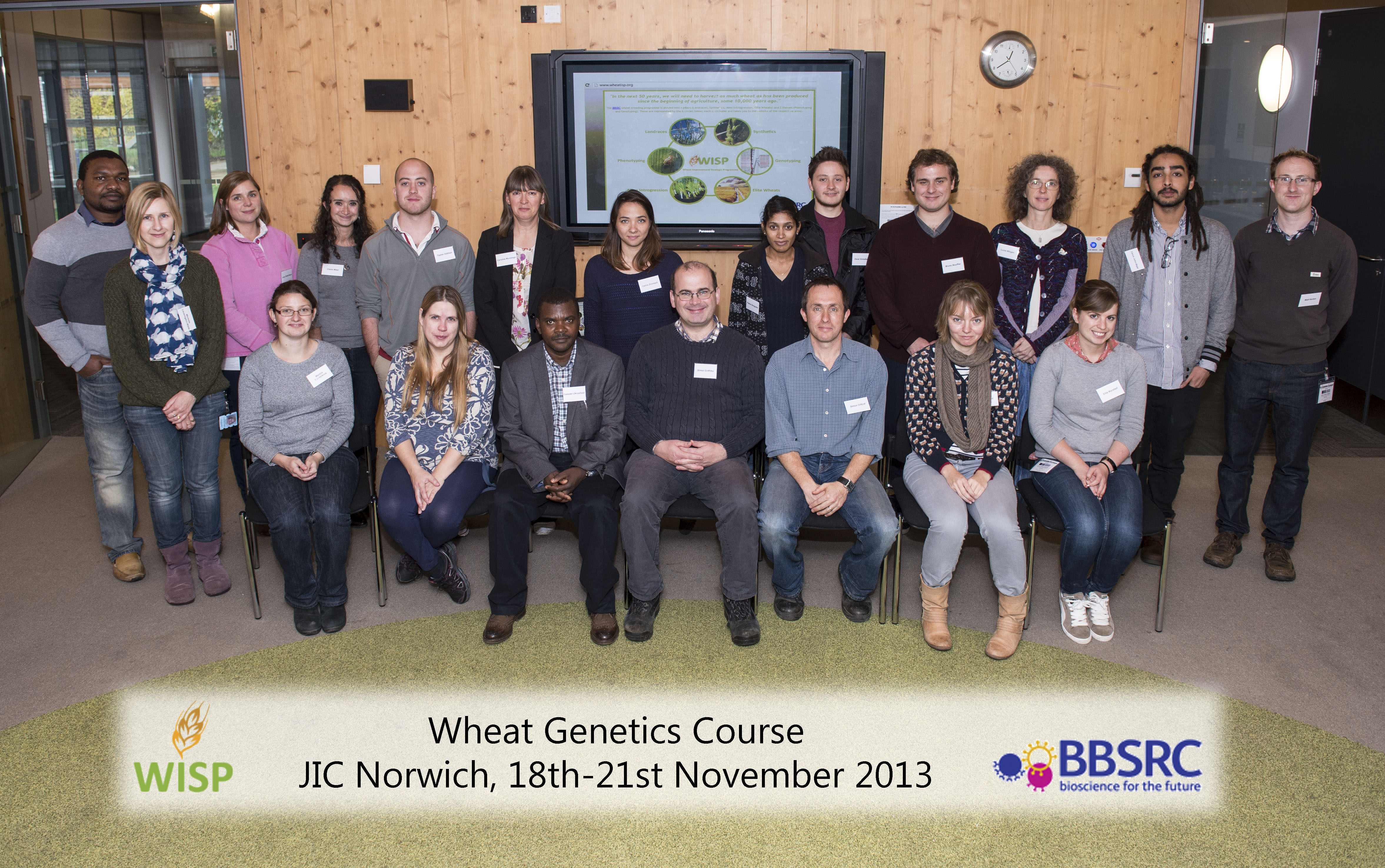
The second WISP course in wheat genetics started on Monday the 18th of November 2013, with the twelve international participants arriving in Norwich to learn the practical steps involved in the Wheat Pre-Breeding. The course started with the wheat pre-breeding team, lead by Dr. Simon Griffiths, welcoming them to the John Innes Centre. After a short overview of the work involved in the WISP landrace pillar (wisplandracepillar.jic.ac.uk), and an introduction to the course tutors, the participants got the chance to introduce themselves and the institutes they came from. Participants had come from France, the USA, the Czech Republic, and the UK, with backgrounds ranging from academia, including a number of students, and many from a more applied background in the breeding sector.
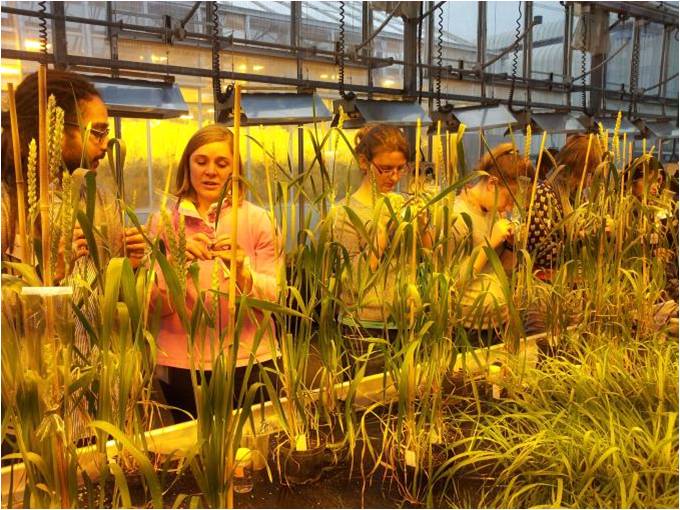
introduced to the steps of the pre-breeding programme in different
modules. They learned about wheat germplasm and the production of
mapping populations from interesting varieties. This included the
practical steps of crossing wheat plants and best green-house and
field procedures for larger crossing programmes.
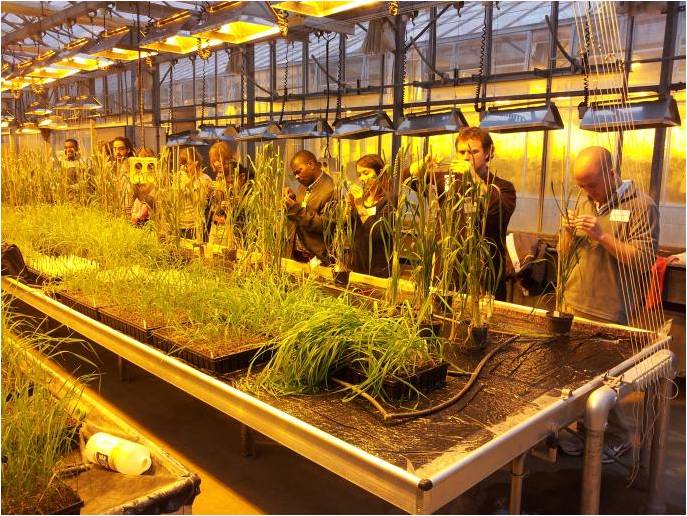
Processing of field collected samples was also part of the
plant/green-house module. In another modules, the development of
genetic markers was introduced. Starting with finding sequence
information in databases, it was demonstrated how to use bioinformatic
tools to identify SNPs specific for one of the three genomes
(homeologous SNPs) in regions of genetic diversity.
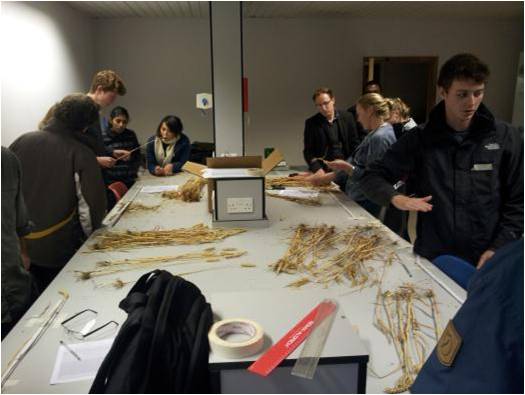
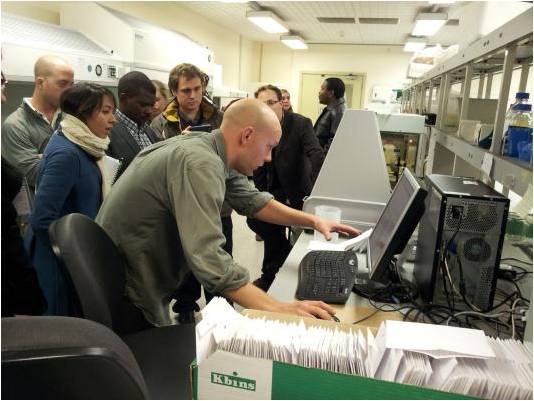
Using these SNP-markers for genotyping a mapping population was the task in the lab based module using high-throughput KASPar genotyping equipment.
The production of linkage maps
from the genotype datasets was the topic of the next module, using free
genetic mapping software. Finally, in the Quantitative Trait Loci (QTL)
analysis, the phenotypes, genotypes and map were joined up in order to
find regions in the wheat genome, which influence the traits, which
were investigated earlier in the course.
Not all course activities took place in the wet or computer lab. There was also an outing to the Limagrain plant breeding station at Woolpit, a slightly chilly historic tour of Norwich, and a course dinner, which helped the exchange between students.
The course feed back forms showed that the participants have taken knowledge they valued back to their institutes. The course was also a very good experience for the team at the JIC and has certainly broadened their horizon. WISP Course Evaluation 2013 and more WISP Course Photos 2013
